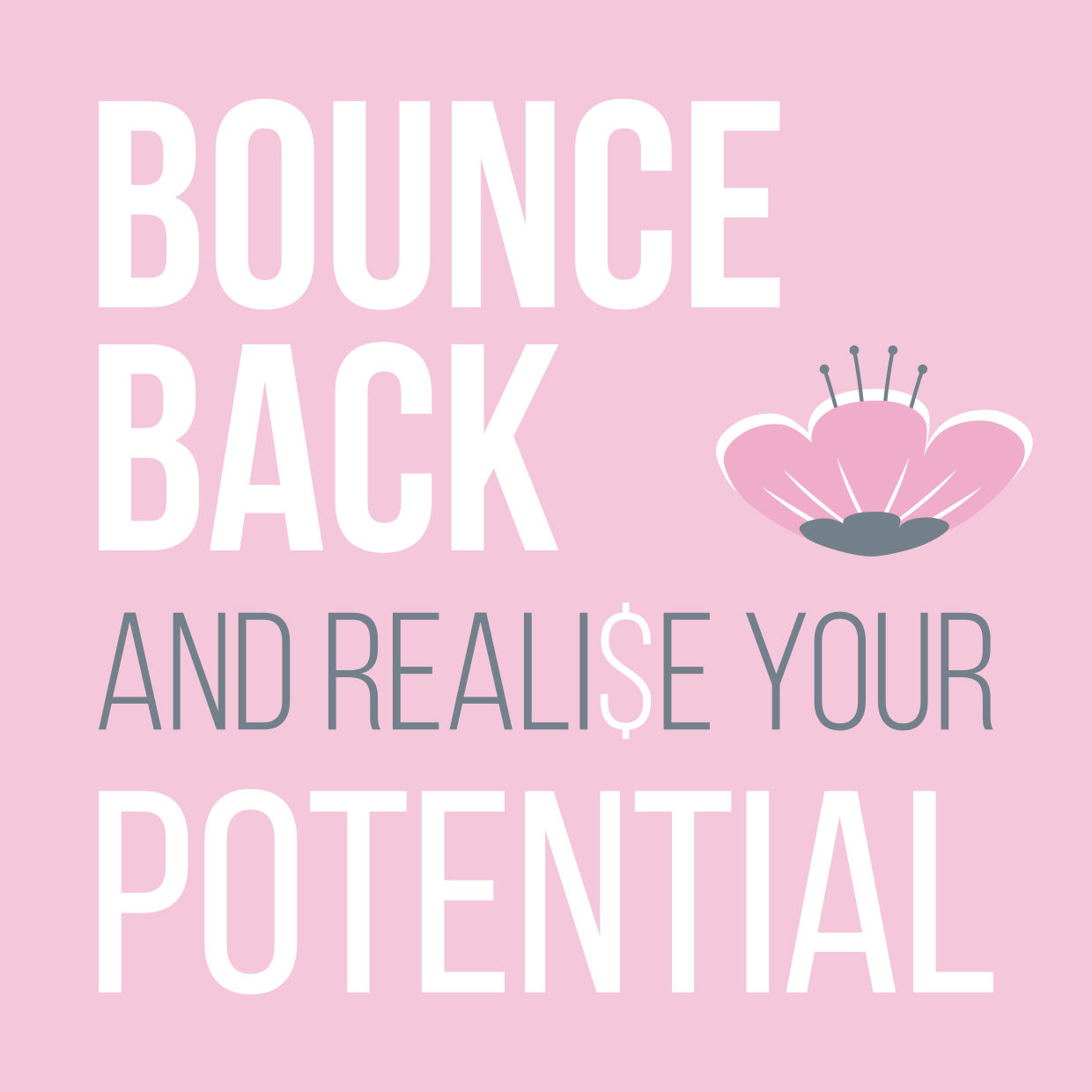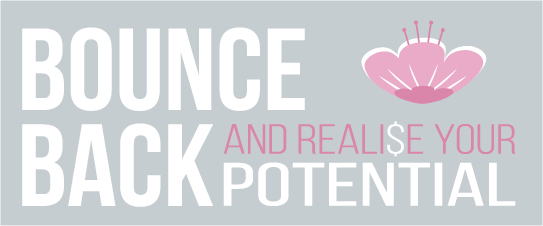CUT UP YOUR CARDS!!!
When I grew up there was no such thing as credit cards, or not that I knew anyway. My parents came from England and had their childhood in the Depression during and after the Second World War and had to live with rationing of butter, sugar, flour to name just a few things. They tell me stories of queuing for bread and meat and how their mother would make bread and dripping sandwiches. Can you imagine dishing that up to our children these days? We have such a different life, one I am most grateful for. But this also taught my parents to live within their means. They had second hand furniture and in their very first home they used empty packing chests upside down with a table cloth over them for side tables. And they just made do with having very little of anything.
The introduction of credit cards in 1974 in Australia with the advent of Bankcard has certainly changed the world with live in. We now buy whatever we want whenever we want it and pay for it later, often over and over again as many people don’t ever pay more than the minimum amount.
There are 13,157,721 credit cards in Australia as of February 2022, netting a national debt accruing interest of $18.5 billion. The top reasons for having a credit card are:
- For emergencies – 41%
- Rewards/frequent flyer points – 38%
- Make a big purchase – 21%
- Establish my credit – 18%
- Pay off debt/do a balance transfer – 11%
- Manage a drop in income – 8%
According to the Reserve Bank of Australia, the average standard credit card rate is 19.94%.
So is debt a good thing? There is good debt and bad debt. Good debt is when you purchase something that is going to increase in value such as shares or property and you can claim the interest on a loan as a deduction against the asset. However, bad debt is when you use credit to purchase items that are consumable, such as food, entertainment, goods and chattels that decline in value, including motor vehicles, that lose value as soon as you drive it out of the car yard, due in the main to the sales taxes that you pay on the vehicle. Credit cards and afterpay, zip pay and pay day loans are examples of bad debt. Having a mortgage on a house is a good debt, especially if you have equity in the property.
So how do you get rid of bad debt?
Simply speaking, pay off the highest interest debt first and cut up the card. Keep paying off personal loans, higher purchase loans, pay day lenders and don’t use them again. Using a debit card is the sensible way to manage your money, that way you are only spending money that you actually have but you can use it like a credit card for shopping. However, if you are going to keep a credit card, these best way to stay on top of debt is to only spend within your means and pay off the credit card balance in full at the end of each month. That way you won’t be paying interest on the purchases that you have made. Be careful about what you spend your money on. After all, having a credit card is not an excuse for purchasing things that you don’t really need. If you find yourself in financial difficulty, seek out a financial counselling service to give you some advice or book in to one of my Money Worries Gone workshops held monthly which will give you practical advice on how to manage your money.


